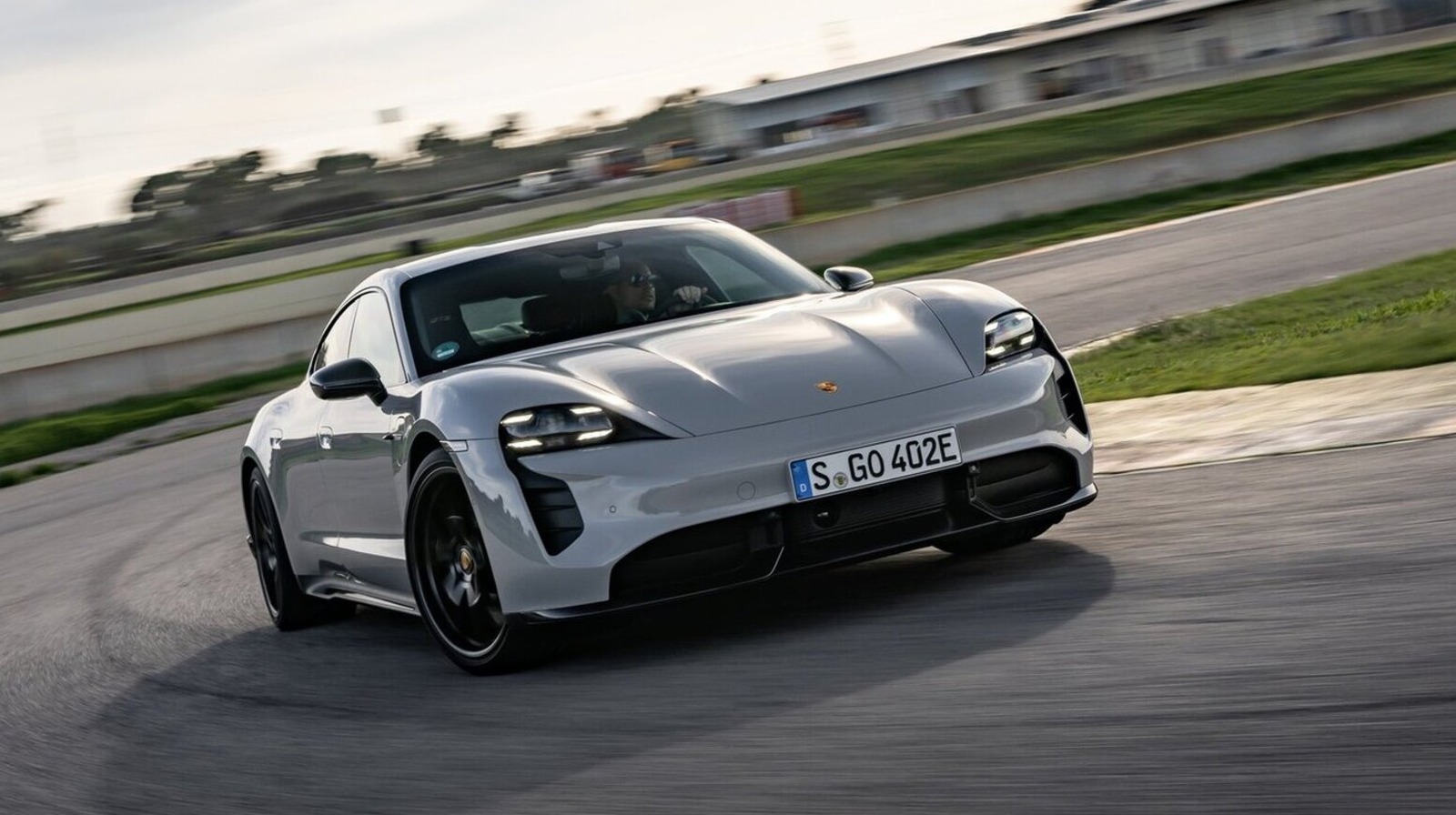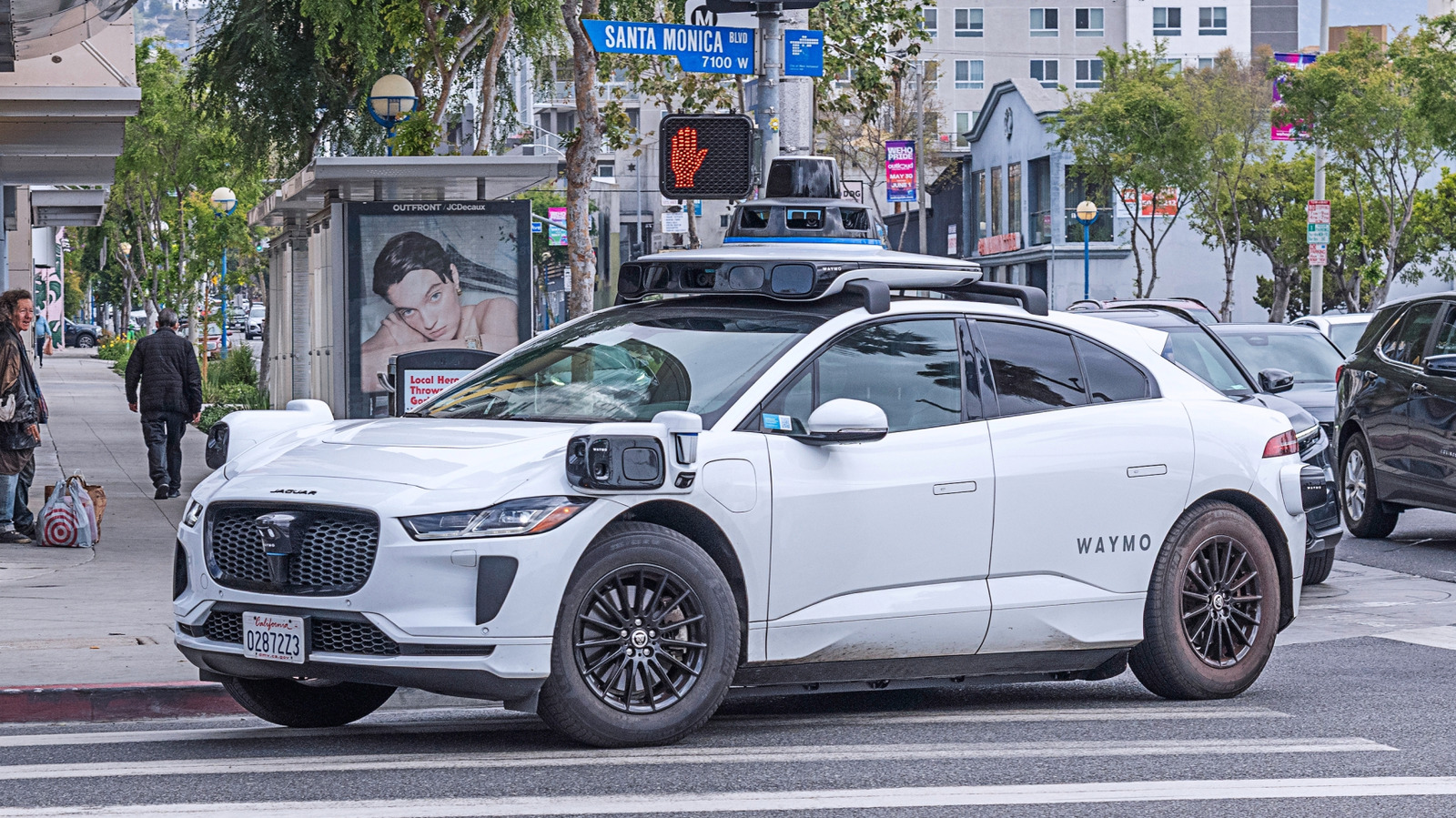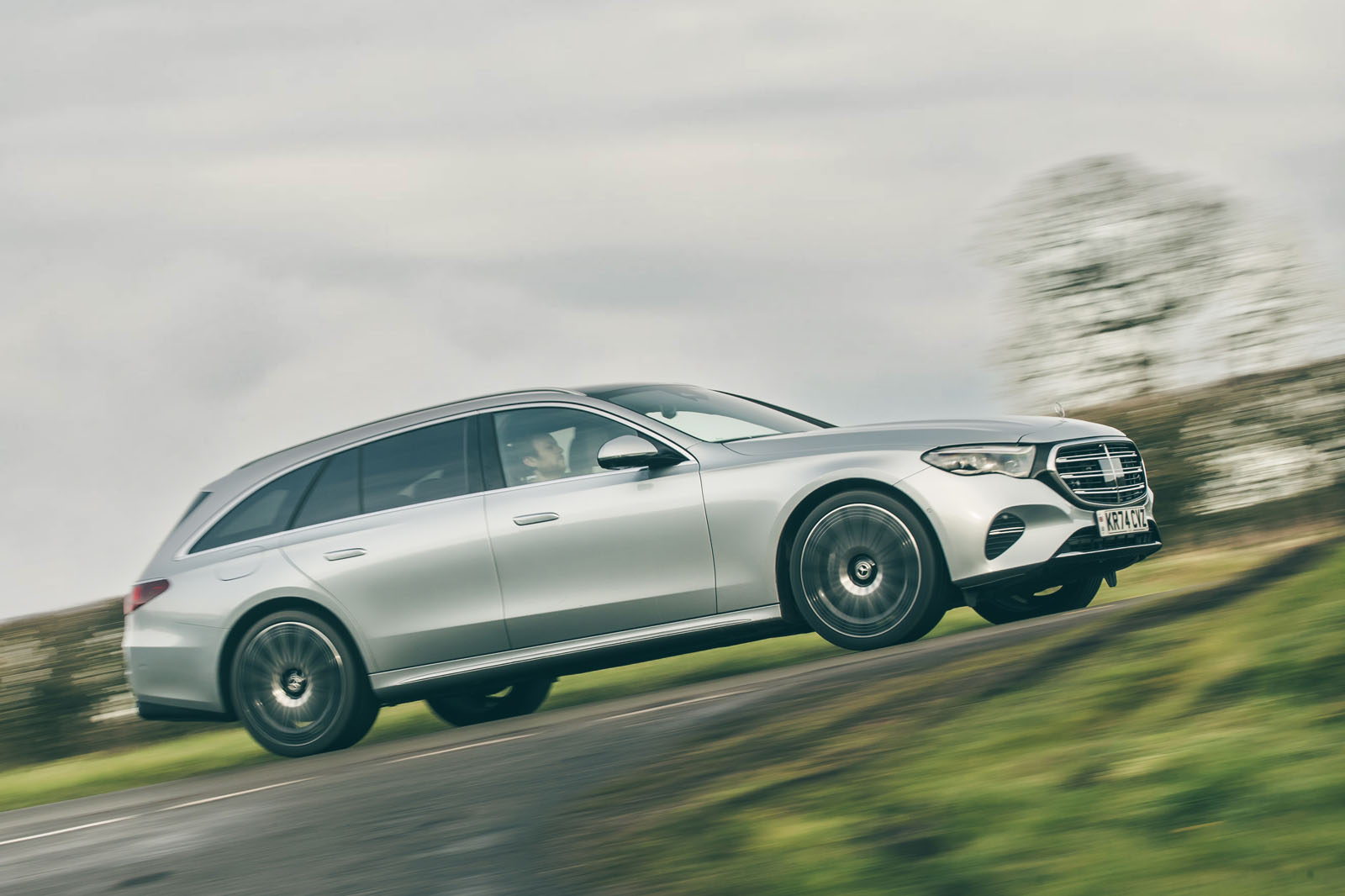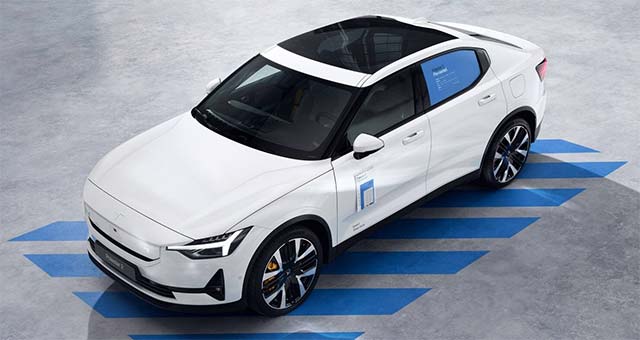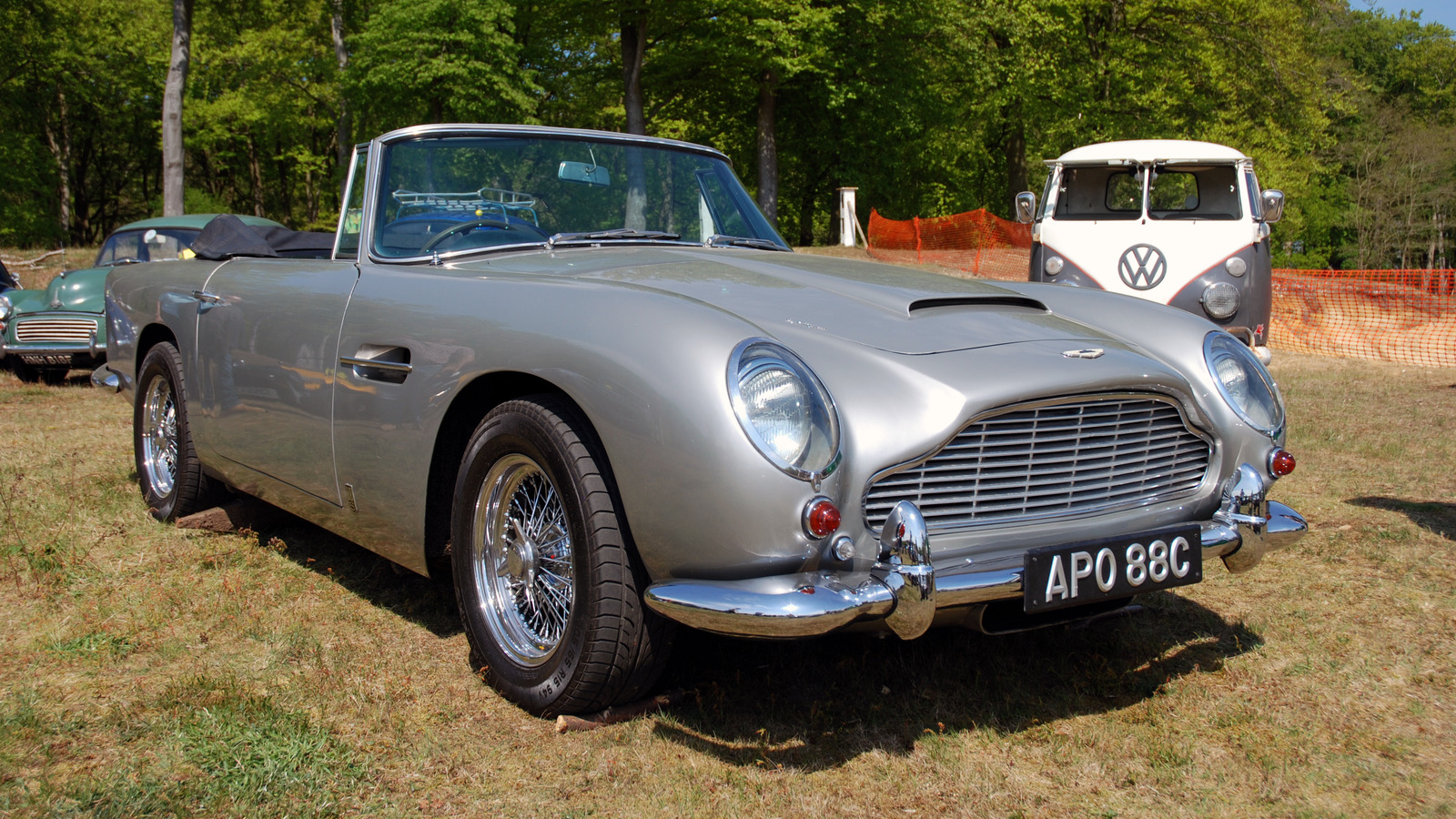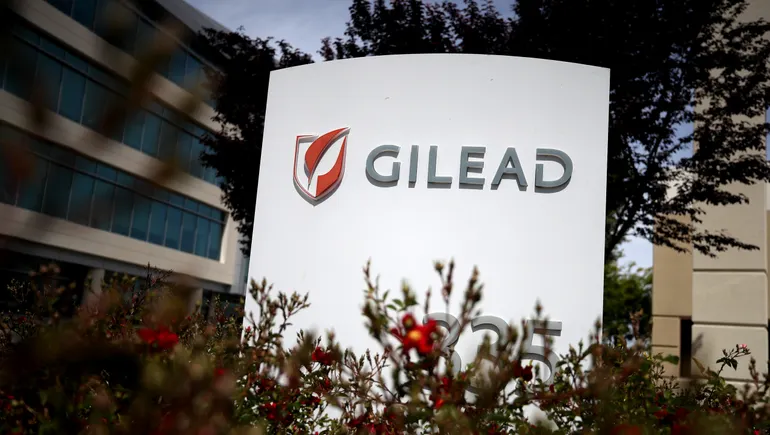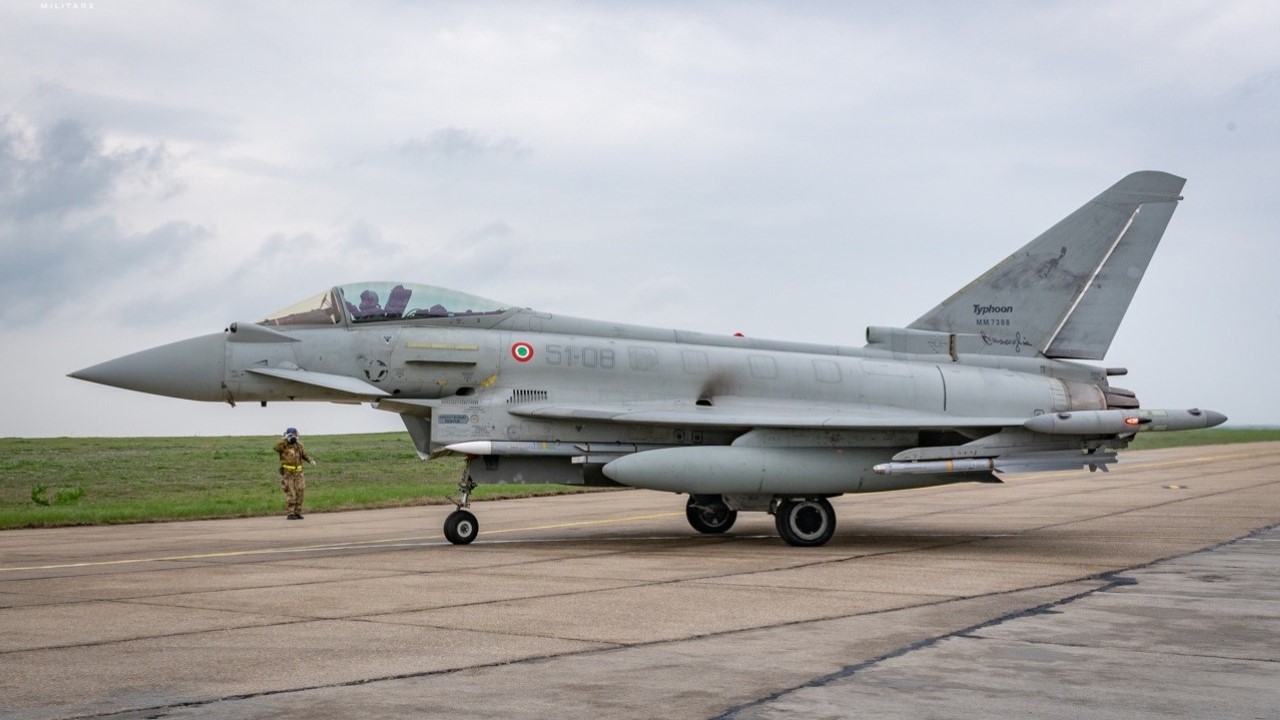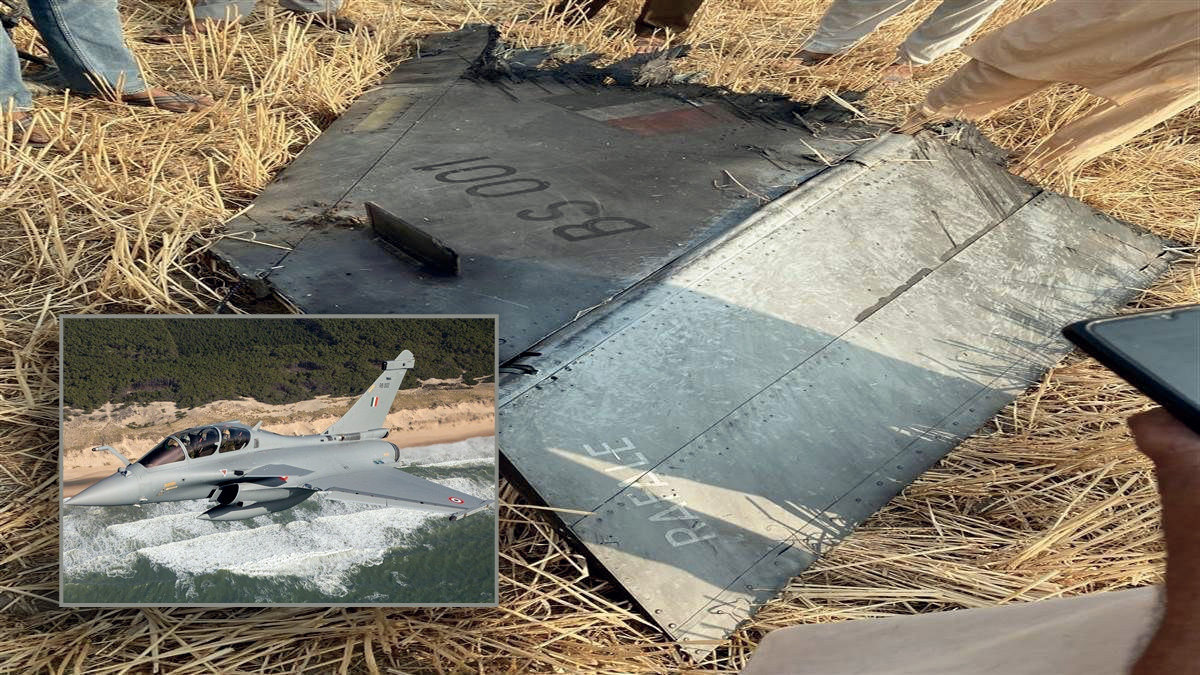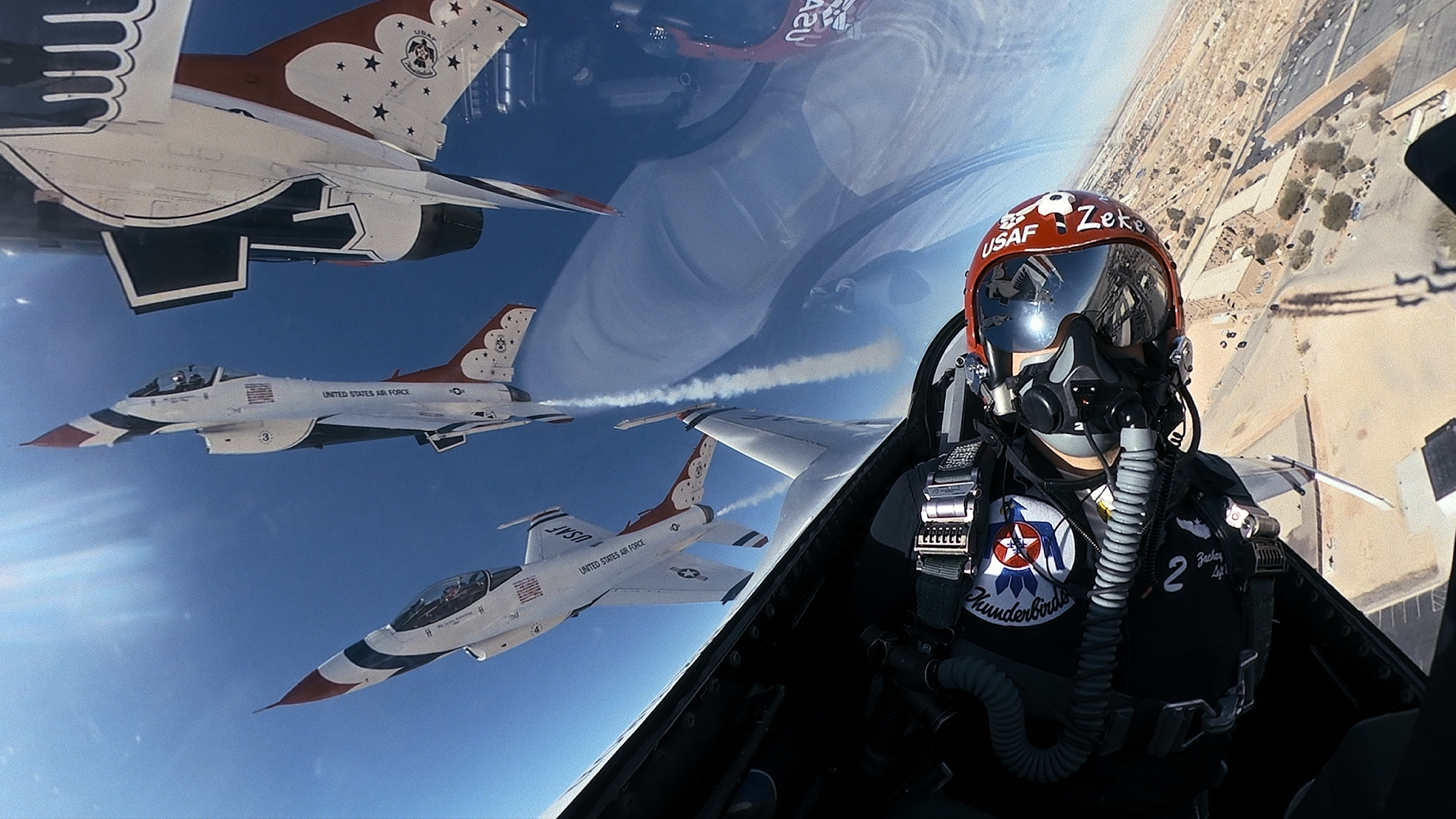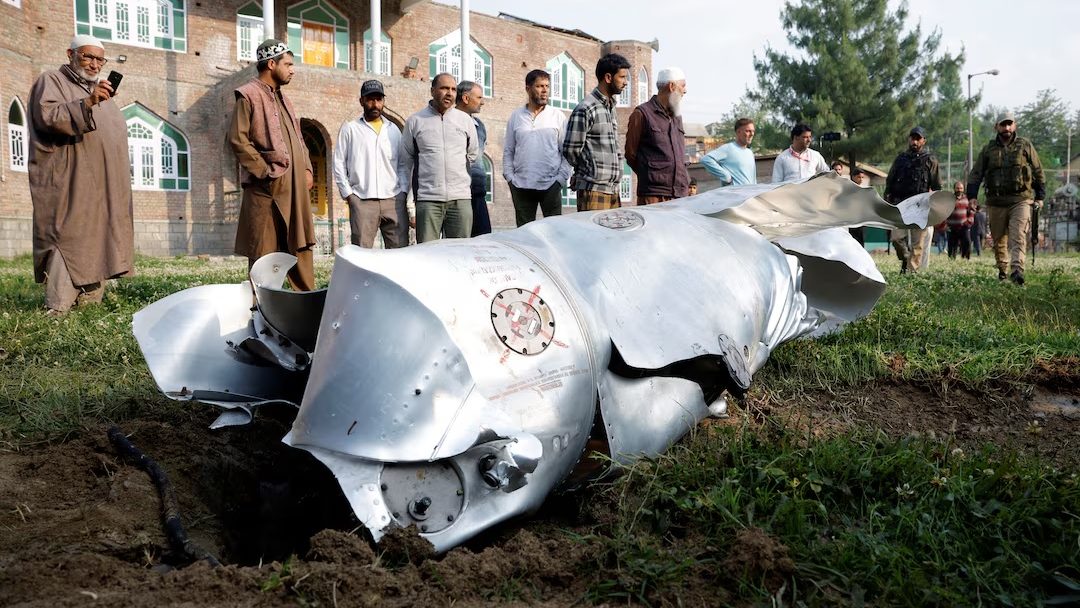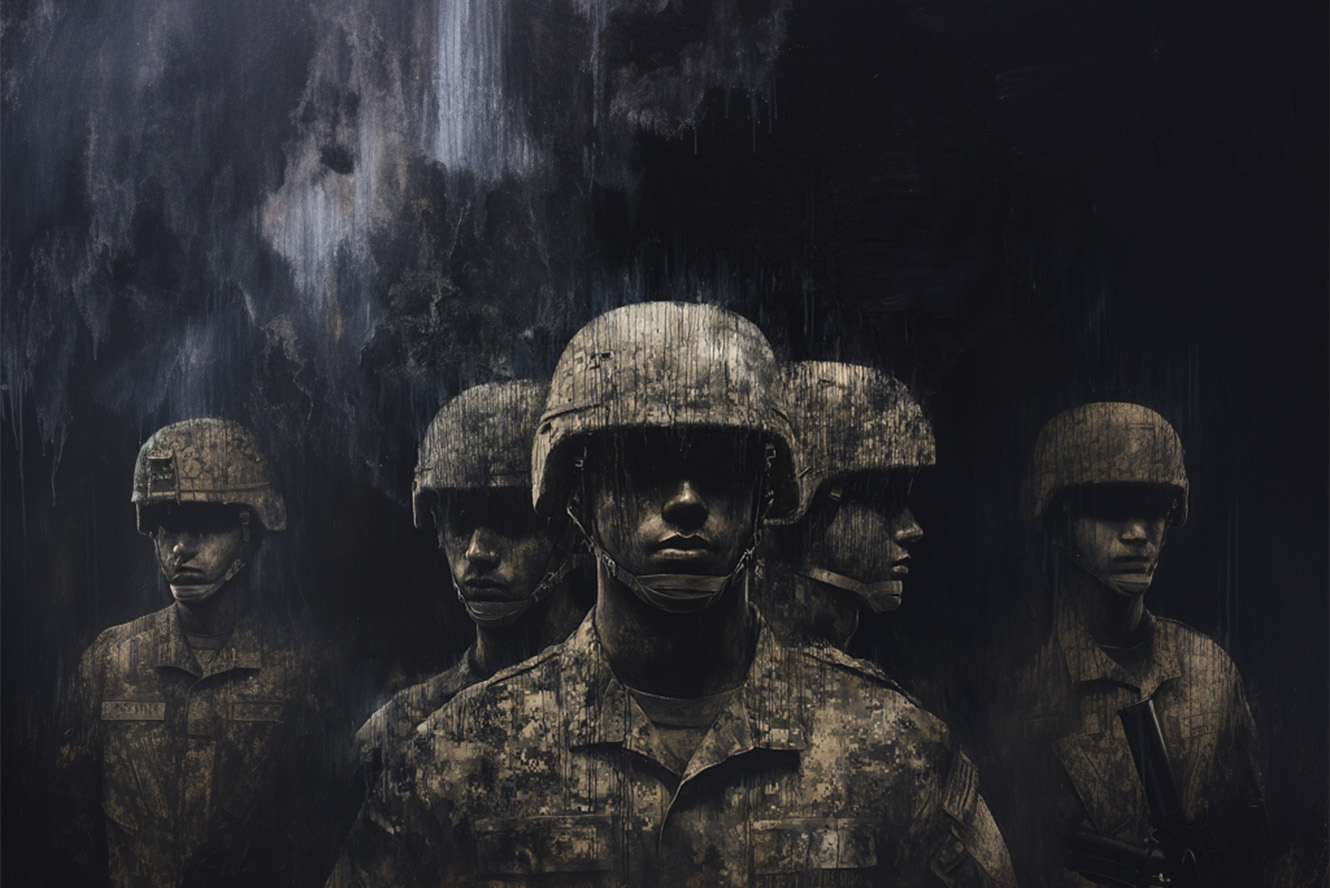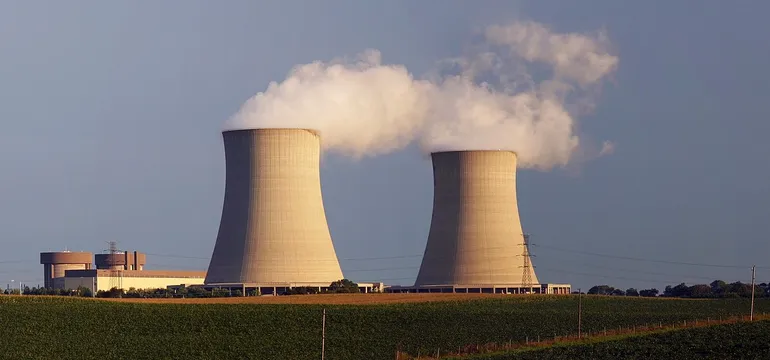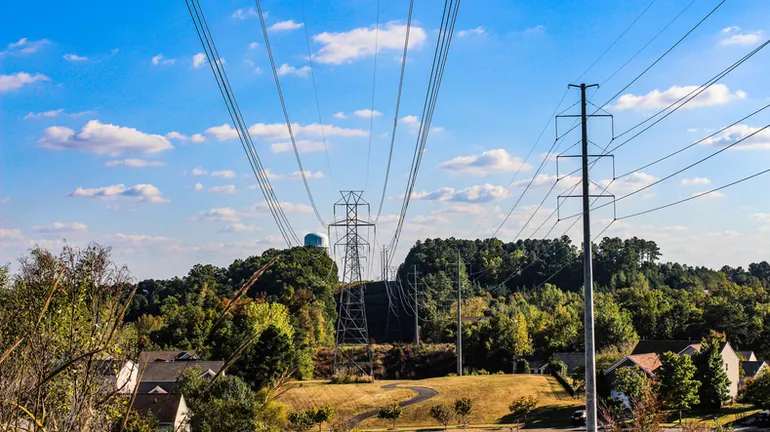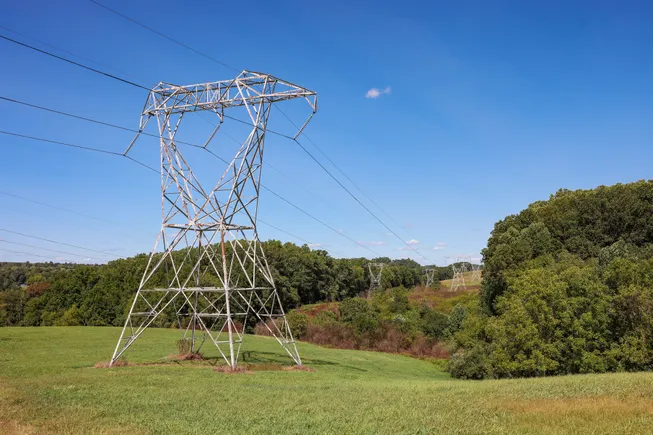Army leaders want FLRAA by 2028, sidestep questions on Black Hawk’s fate
“We are unwilling to make commitments that are [not], in our opinion, in the best interest of soldiers…,” Army Secretary Daniel Driscoll said of the fate of a new multi-year UH-60M procurement deal.


Bell’s FLRAA program showcases how MOSA and the digital backbone can enable rapid upgrades and integration of new technologies. (Bell photo)
WASHINGTON — Senior US Army leaders have asked Bell for a possible path to accelerate the development and production of the Future Long-Range Assault Aircraft (FLRAA), while fending off questions about the fate of the helicopter it’s slated, in part, to replace — the UH-60 Black Hawk.
“We’re broadly moving [FLRAA] up, you know, several years … into the 2028 timeframe is what we’re looking at,” Army Chief of Staff Gen Randy George told members of the House Appropriations defense subcommittee today.
Army Secretary Daniel Driscoll explained that service officials met with Bell last week and tasked them with finding a way to get the aircraft to soldiers before the 2030 date currently on the books. Bell officials are now working on such a plan, he added, and when it’s ready the Army will seek support from the upper ranks of the Pentagon and lawmakers to make it a reality.
“Within a matter of weeks, we will have a very clear plan that we can come pitch you,” Driscoll said.
Bell did not immediately respond to questions about this new assignment or what it would need to accelerate production.
Driscoll and George’s appearance on Capitol Hill today came just days after the service unveiled a sweeping service reorganization and a slew of high-ticket program cancellations that are expected to be included in the Army’s fiscal 2026 budget request.
Since those plans are still evolving, there are a host of lingering questions about the fate of manned aviation, especially in the wake of the service’s announcement that it will retire its AH-64D Apache fleet and potentially augment the remaining AH-64E models with drones.
Driscoll and George sought to quell fears that FLRAA may also be on the chopping block by saying that even if the service envisions a different operating environment, the future helo is relevant.
“I think that that is a much-needed system inside the Army … [because it can fly] 350 miles an hour [with a] 350-mile range. That is a significant difference,” the four-star general told lawmakers. “It can be optionally manned, which means it could also fly autonomously… [and] connect that with drones.”
“I think it’s critically important in the INDOPACOM (Indo-Pacific Command region) and I think that this is also something that SOCOM (Special Operations Command) is going to want to be able to use,” George later added.
While the duo threw their weight behind FLRAA, they hedged on the future of Sikorsky’s UH-60 Black Hawk.
In late 2022, the Army selected Bell’s V-280 Valor tiltrotor as the FLRAA aircraft to eventually replace thousands — but not all — of UH-60 Black Hawk helicopters in a deal that could soar to $70 billion. Past service officials have repeatedly said that decision does not mean the end for the Black Hawk line, however.
And last year when the service leaders revamped its aviation portfolio and canceled its next generation Future Attack Reconnaissance Aircraft (FARA) program, it said newly freed up funding would be used for other priorities, including inking a new multi-year UH-60M procurement deal with Sikorsky to carry production beyond FY26.
Now, that contract is no longer a given, Driscoll and George told lawmakers.
“I see drones in the future being able to pick up and actually move artillery tubes. We’ve done that with Black Hawks in the past,” George said.
“I think that there’s other things that are going to change on the battlefield,” he added. “I see Blackhawks are going to be with us for a while, but I do think we’re going to have to adapt what we’re doing, or just maybe less Black Hawks.”
When pressed by Rep. Rosa DeLauro, whose Connecticut district includes Sikorsky’s production facility, on what that means for an FY26 UH-60M procurement deal, Driscoll said he would not commit to inking one right now.
“We are unwilling to make commitments that are [not], in our opinion, in the best interest of soldiers and their lethality and keeping them safe if we deploy them anywhere in the world to bring them home,” Driscoll said. “And so we can follow up with your office but right now we can’t answer that.”
DeLauro called the about-face “very troubling.”
In response to questions by Breaking Defense, a Sikorsky spokesperson said the current multi-year contract will run through 2027 and that contract negotiations between Sikorsky and the Army are ongoing.
“We look forward to continuing our strong partnership to deliver this iconic aircraft to the US and allies,” the spokesperson wrote. “We also continue modernization efforts in partnership with the Army that include innovations that will deliver critical capabilities such as increased mission reliability, crewed-uncrewed teaming, advanced networked reconnaissance, and cutting-edge digitization that Division commanders require to counter near-peer threats both now and in the future.”









